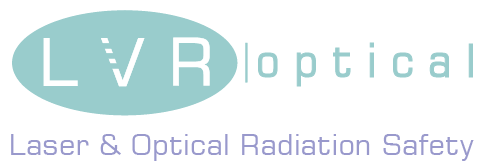
BLOG: Scan-fail safeguard
A scan-fail safeguard is a feature a scanning laser projector may have that is intended to protect people against hazardous emissions occurring. Scan-fail safeguards are an essential hardware feature for audience scanning / illumination types of effect, where an emission could be hazardous if it leads to an exposure that is in excess of the permitted safe exposure limit, (MPE). In a laser projection system that produces scanning beam effects, excess exposure can be caused by any of several factors, including stationary or momentarily stationary and slow-moving beams. These brief pauses in the beam motion are created as the laser beam follows the beam path of the intended laser effect, which slows or stops to accentuate parts of the effect; a finger-beam tunnel for example. Excess exposure can also occur if the scanning system or laser output develops a hardware fault. And finally, excess exposure may be inherently present if a laser projector with too much power is used in an unsuitable space.
A scan-fail safeguard, if correctly configured, can help protect against excessive exposure from laser effects with high exposure characteristics, and scanning system faults. A scan-fail safeguard will not protect against inherently unsafe or inappropriate laser use. i.e. it’s not going to make it safe to scan people with a 5W laser in a small room. Nor will it make things safe if it hasn’t been configured correctly.
Implementations and effectiveness of scan-fail safeguards varies significantly across different products. The most basic systems normally appear as an optional switch on the laser projector, that simply cuts the projector output if a stationary beam is emitted. In many cases, little or no information is supplied to indicate what thresholds trigger the safeguard, and what it can actually protect against. In most instances, these types of scan-fail safeguards are little more than a marketing feature, and are of not much value to the end user.
An effective scan-fail safeguard is one that is robust enough to effectively handle different failure modes, and that can be configured to react to potentially hazardous emission conditions, providing fast, reliable beam termination before the maximum permitted exposure level can be exceeded.
Laser projectors that use Pangolin’s Professional Audience Scanning System (PASS) as a scan-fail safeguard are considered state-of-the-art in terms of, effectiveness, fault tolerance, and transparency in operation. PASS has several parameters that can be configured to tailor the maximum permitted laser output based on the laser characteristics and environment it’s being used in. PASS is a very effective scan-fail safeguard. But as with any other scan-fail safeguard, it must only be used for the parameters for which it has been configured; PASS can protect intentional exposure within the characteristics that have been defined, and it can protect against a wide range of faults. But it won’t make the laser system inherently safe for all installations. The user must, as a minimum, understand any limitations such as minimum separation distance and beam divergence, etc. And if they need to alter the characteristics for different installations, learn how to adjust and test how appropriate the settings are.
For further reading on a related article "Inside Pangolin’s built-in FB4 scan-fail safeguard" please click here.
© 2019 LVR Optical
